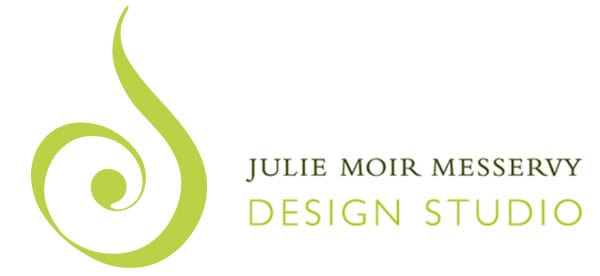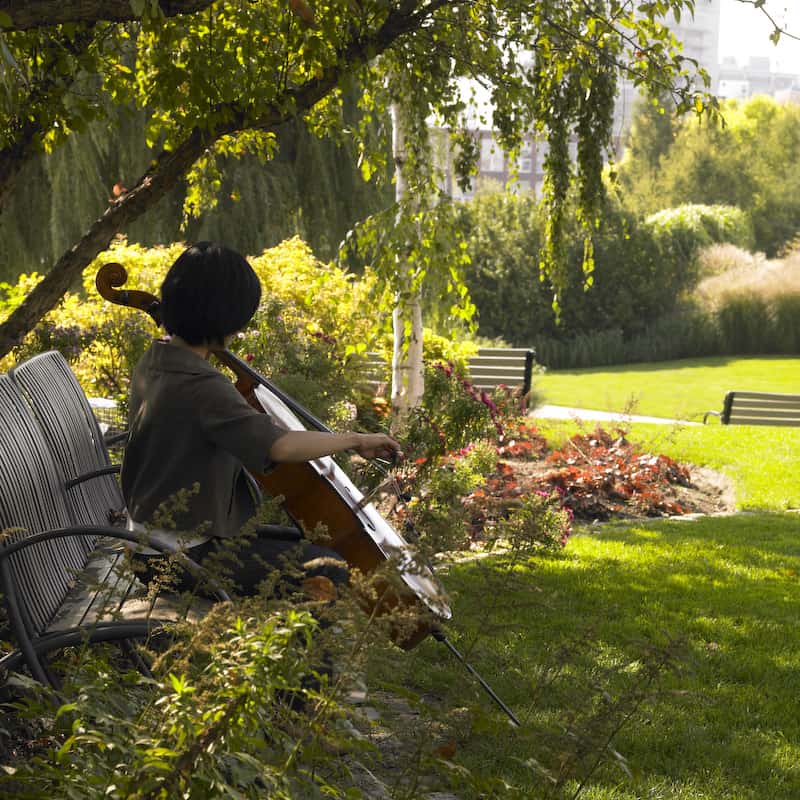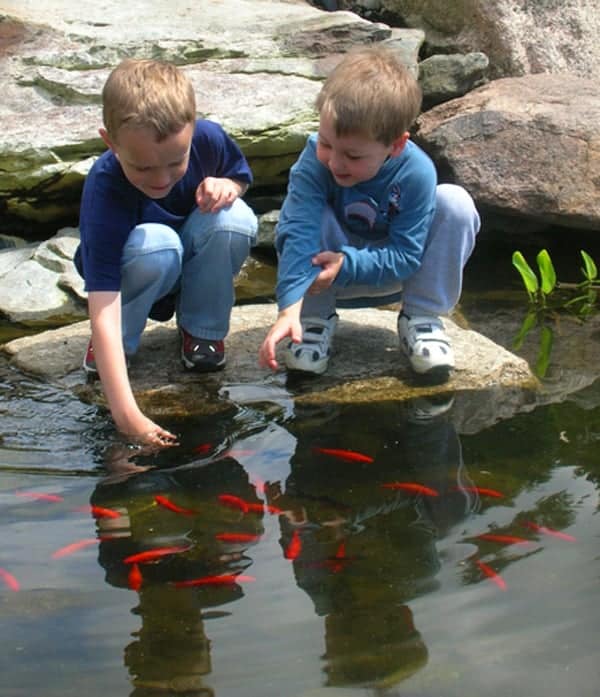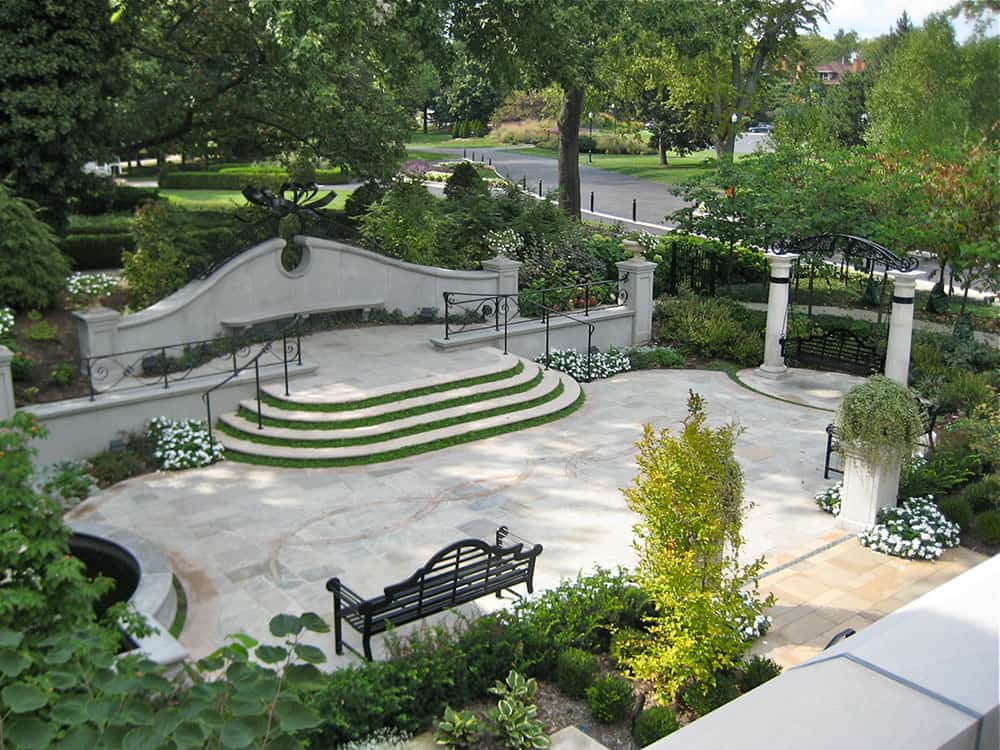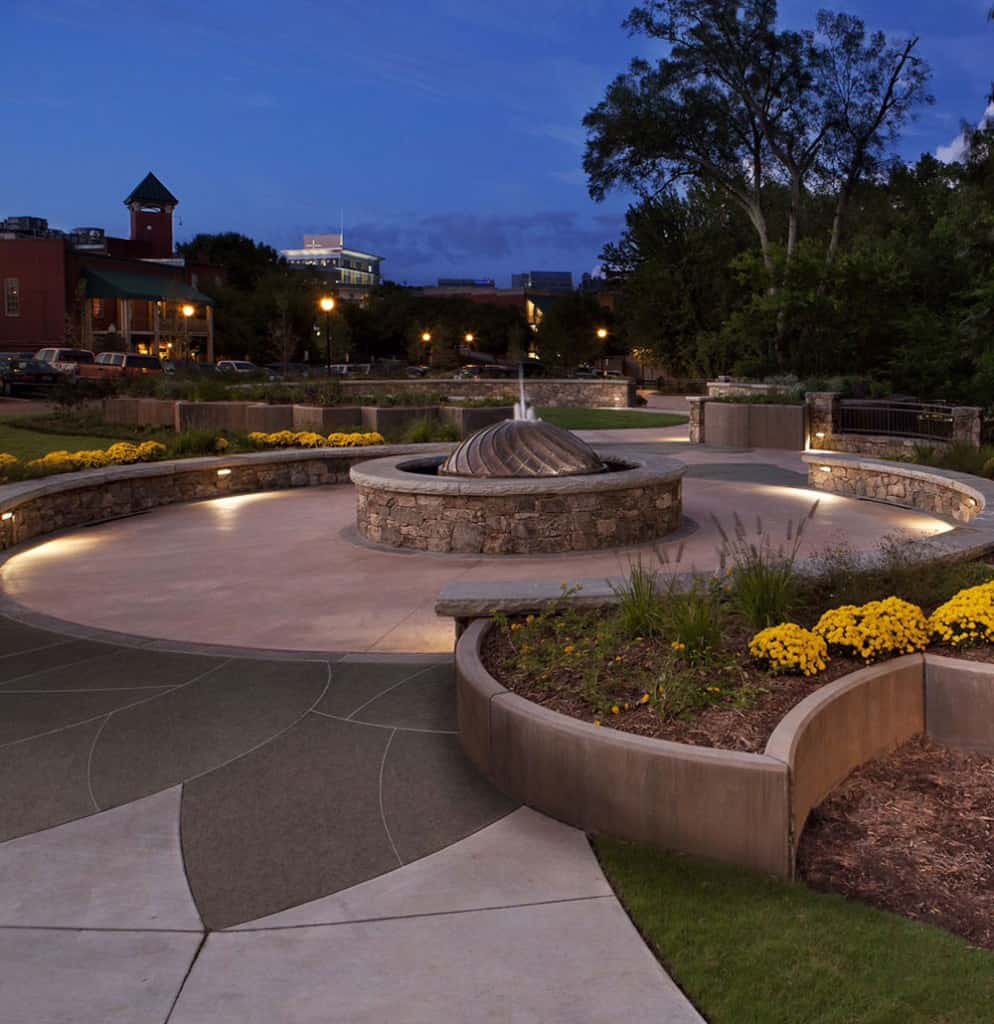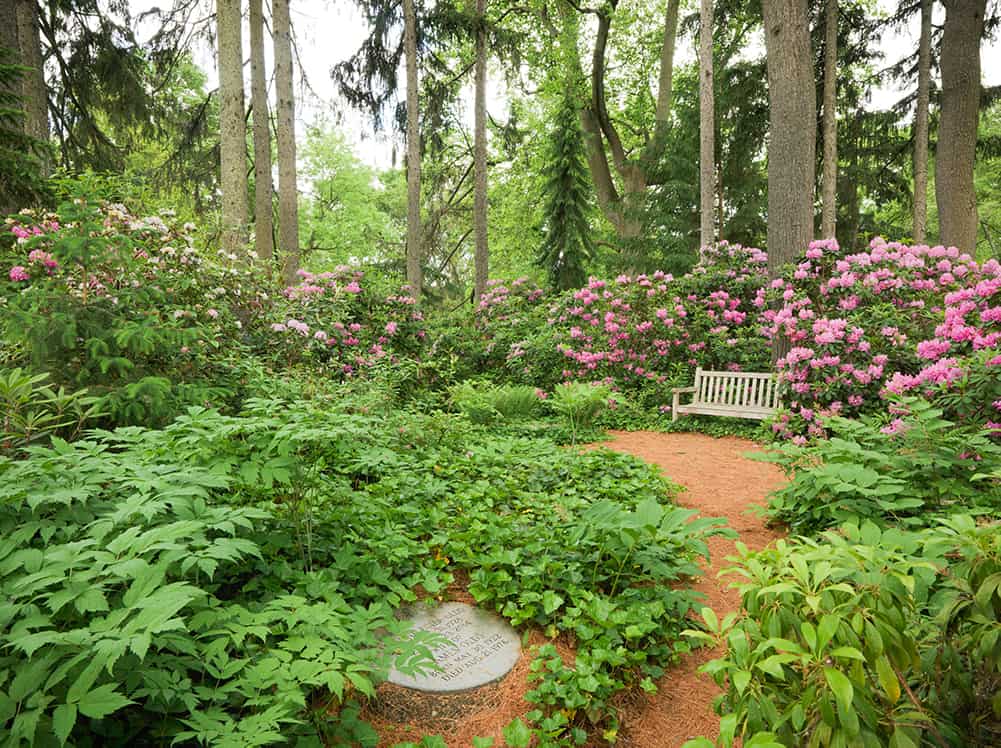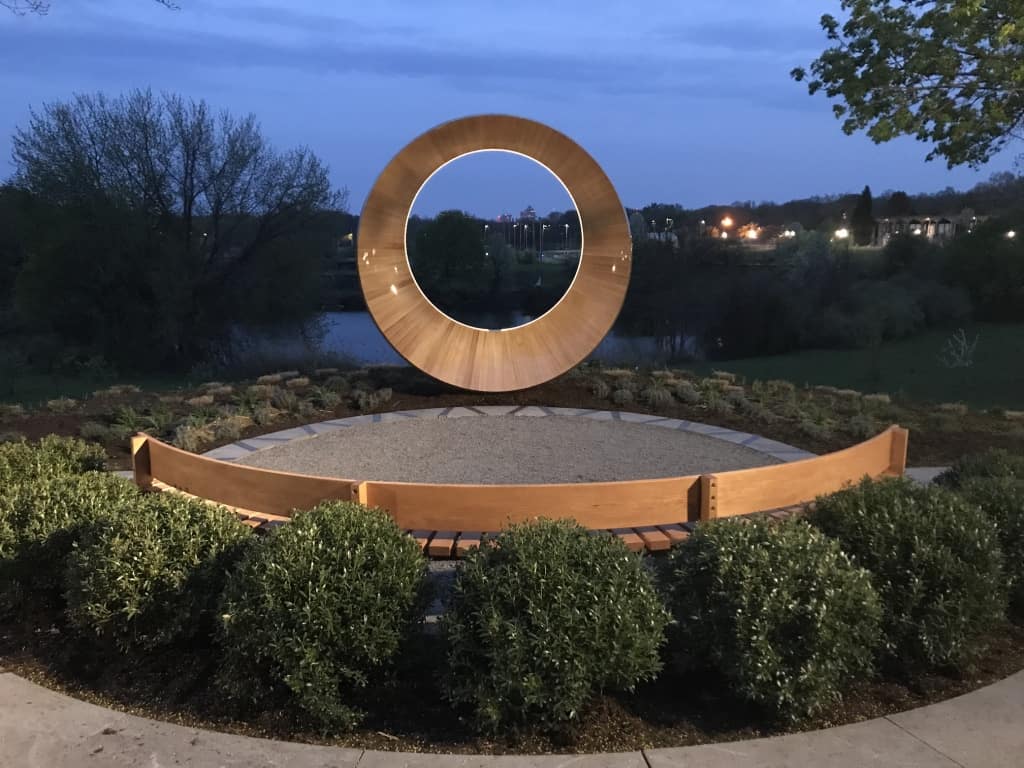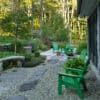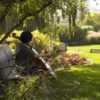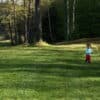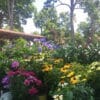By Julie Moir Messervy
Access to open space has always been a prized commodity, but never more so than in the coronavirus lockdown of 2020. City dwellers lucky enough to live close to a public park have been able not only to delight in the sunlight and fresh air available outdoors, but also to meet their physical, psychological, emotional, and spiritual needs there. Public gardens that have remained open have often been overrun with visitors who found them completely essential to their sense of well-being: an antidote to the isolation so many feel inside their homes.
A trio of Boston-based free public parks that stayed open learned quickly to adapt their spaces to the new rules of social distancing. Jamaica Plain’s Jamaica Pond swiftly adopted a one-way walking pattern so that visitors could circumambulate safely. Although its famous Lilac Sunday in May was canceled, staff at the Arnold Arboretum of Harvard University pruned back pinch points in their lilac collection so that visitors could circulate at a safe distance from one another. With all programs and events put on hold at the Rose Kennedy Greenway, a linear park located in the heart of Boston’s shuttered downtown, staff maintained the gardens while focusing on disinfecting surfaces to keep their visitors safe. These “early adopters” of new design principles and practices provided a proof of concept for the many public garden institutions that were forced to close their doors and gates to visitors.
As businesses and institutions gradually reopen, the public now understands through direct experience that public gardens provide not only essential services, but also indispensable spaces that enable us to live a healthy, well-rounded life. Stripped of programmed events and gatherings, public gardens, parks, and landscapes have the opportunity to go back to basics and pose some critically important questions:
- What about our garden do visitors consider unique and indispensable?
- What steps can we take now to ensure that our garden can open safely and remain open?
- How do we engage the community to ensure that access to our garden is universal (i.e., without socioeconomic or other demographic barriers to entrance)?
- What role can our garden play with issues related to climate change, food security, social justice, health?
- What do the partnerships of the future look like? Do we engage more with private or even public partners to spread our influence or to assist with associated costs? Where do our needs overlap with the needs of others?
- How do the answers to these questions change our garden’s mission and vision?
In running processes to help answer these questions, landscape architects and designers can use their skills to help public gardens creatively retrofit public garden paths and places with a “new normal” in mind.
Public gardens may never experience a more perfect moment to promote their cause and secure the political and financial support necessary for providing the most essential of services to a community.
